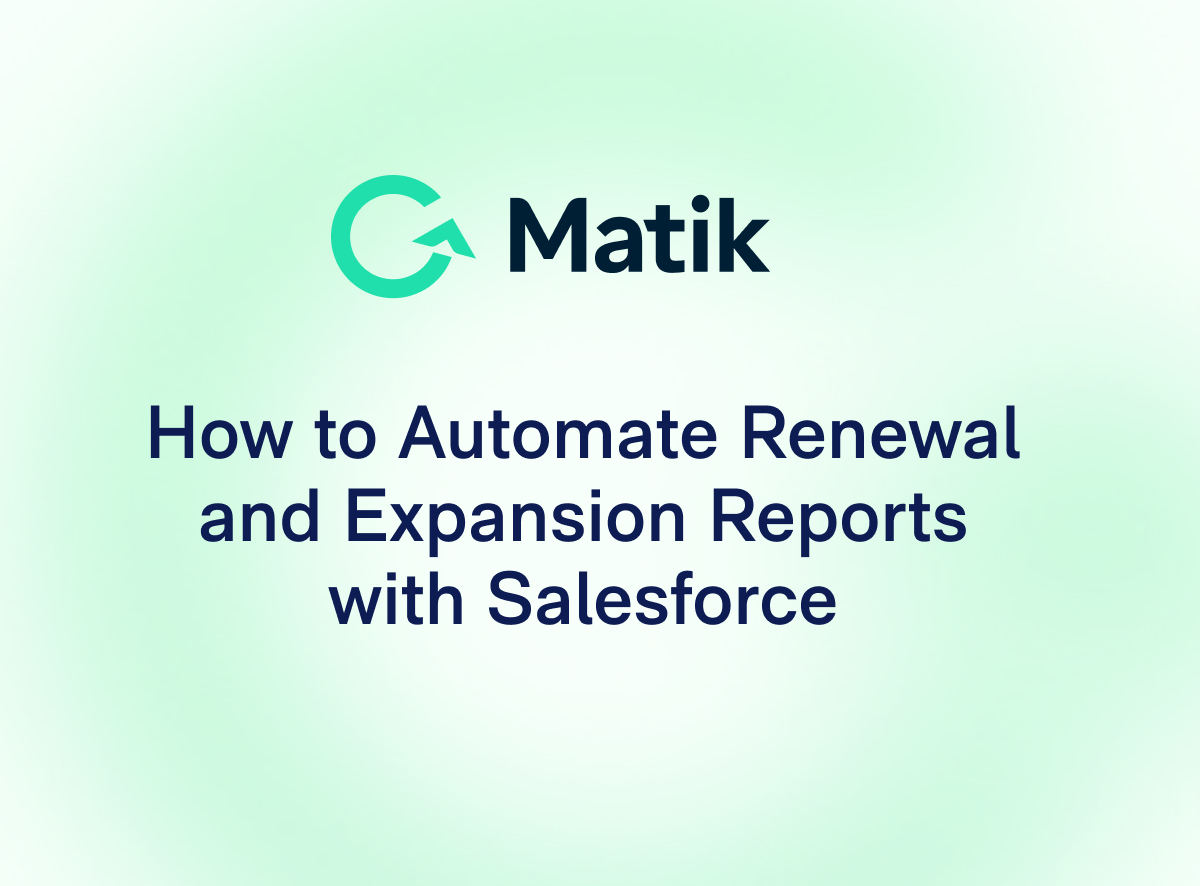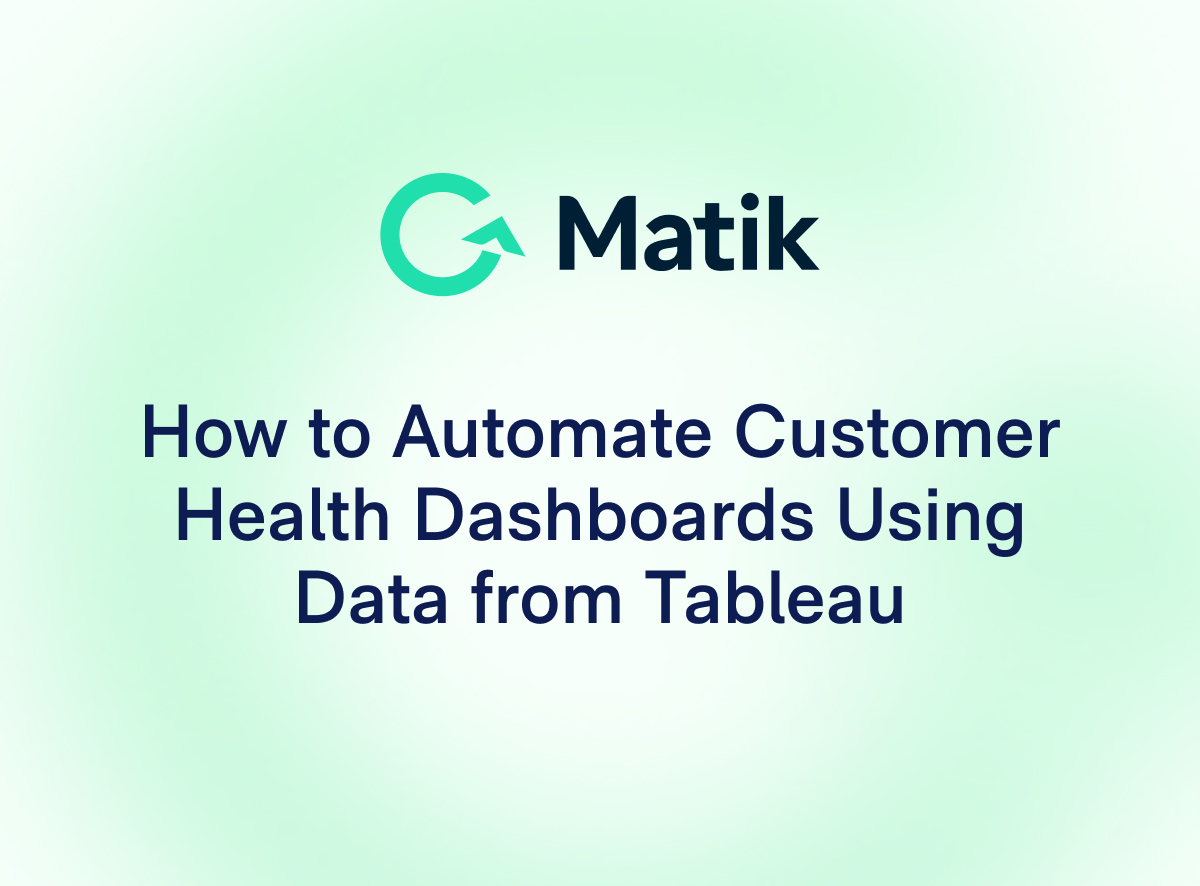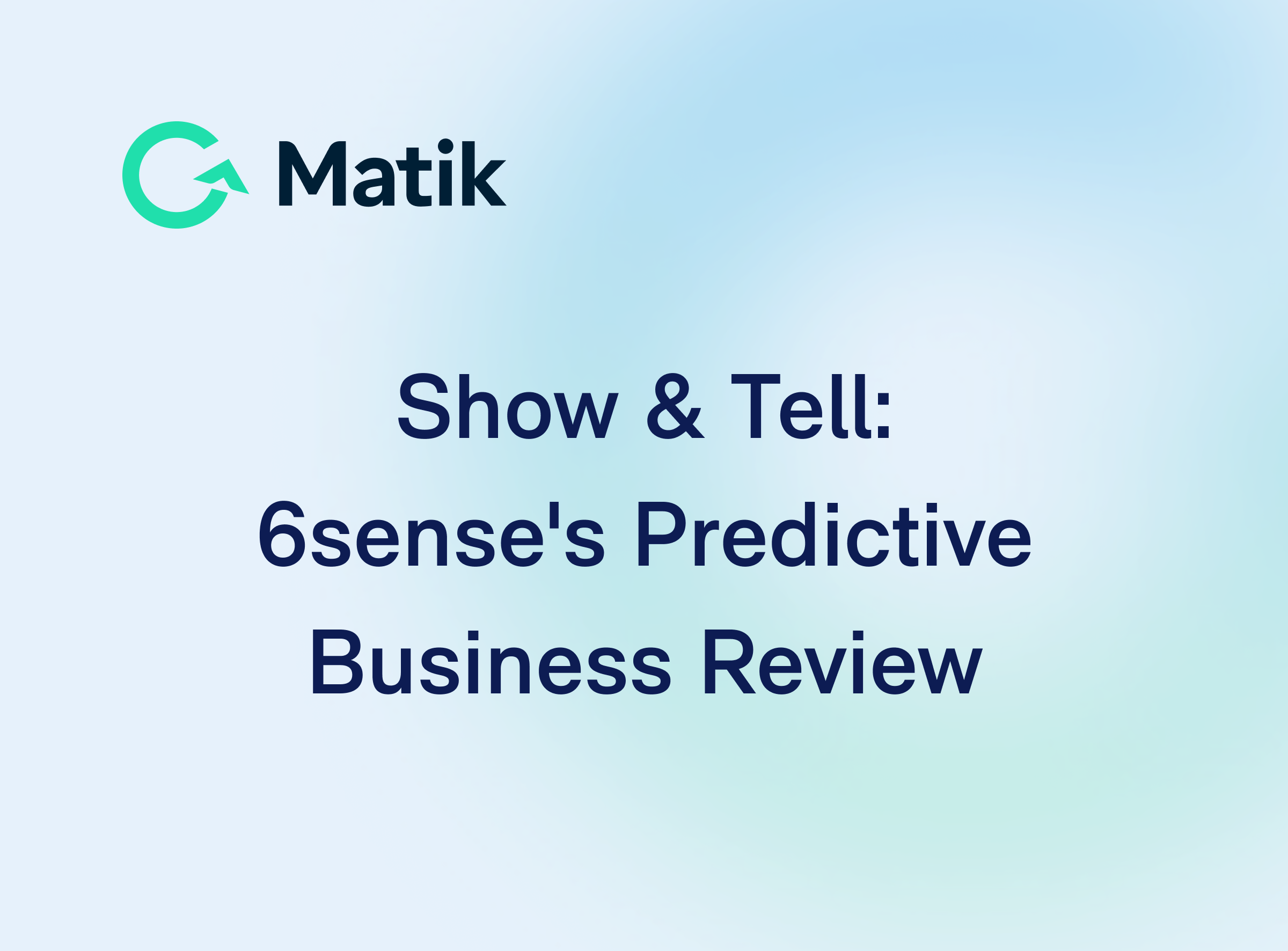Join Our Newsletter
As a customer success professional, you may have customer data and insights housed in various different places—whether that’s a data warehouse, REST API, Salesforce, Google Sheets, CRM, or a BI tool. It can be challenging to efficiently make sense of all that data and present it to customers in such a way that proves product value. In order to get the most out of all of this data at your disposal, it’s important to be able to sift through the noise and turn it into actionable insights throughout the customer journey.
In this blog post, you’ll learn how to use key data from different sources to create data-driven content. Strategically sharing data in a digestible way throughout the customer journey will build customer trust, boost retention, and make processes more efficient for your CS team. Read on to learn how different data sources can provide the data you need at different stages in the customer journey.
The onboarding stage
During the onboarding stage of the customer lifecycle, it’s important to keep things straightforward and simple. This is when you want to present account data, such as number of seats and customer goals. Sharing account data early in the customer journey sets a solid foundation from which you can build upon. Account data often comes from a CRM, such as Gainsight, Hubspot, or Salesforce. Each of these platforms house account details you’ll need to get to know your customer and forge a strong relationship during the onboarding process.
For many teams, sifting through CRM data to build out a business review presentation or other customer-facing resource can use up a ton of time. Customer success teams often rely on data and analytics teams to query the data, which creates bottlenecks. And, when this process needs to be repeated time and time again, the process is ultimately not scalable. To fix these pain points, consider automating this process.
The adoption stage
During the adoption phase of the customer lifecycle, it’s important to show the customer how their team is using a product and how they can get more out of it. Usage and feature adoption data can also enable CSMs to spot any red flags, signs of low engagement, or signs of churn. By leveraging usage data in BI tools like Looker or Tableau to better understand specific customers, CSMs can provide tailored recommendations and help boost user adoption rates. Even if this data isn’t favorable, it should be shared with customers so they can work toward improvement.
The retention stage
When you’ve built a solid foundation of account and usage data in the onboarding and adoption stages of the customer journey, it’s easier to calculate ROI data during the retention stage. During the retention stage, customers need to be able to tangibly see how your product has benefited them. ROI data is most likely what your customers care most about, and it’s ultimately what will prove the value of your product. It can take some time and effort to calculate ROI, but it’s well worth it when it comes to building trust with customers. This data can be calculated and pulled from sources like Google Sheets or other data warehouses.
______
Regardless of which data sources you choose, Matik will take your specified data and build out data-driven presentations so you don’t have to. These integrations make it easier than ever to pull usage data, ROI data, account data, and more into compelling data visualizations without all the manual work.
---
See Matik in Action—Request a Demo















